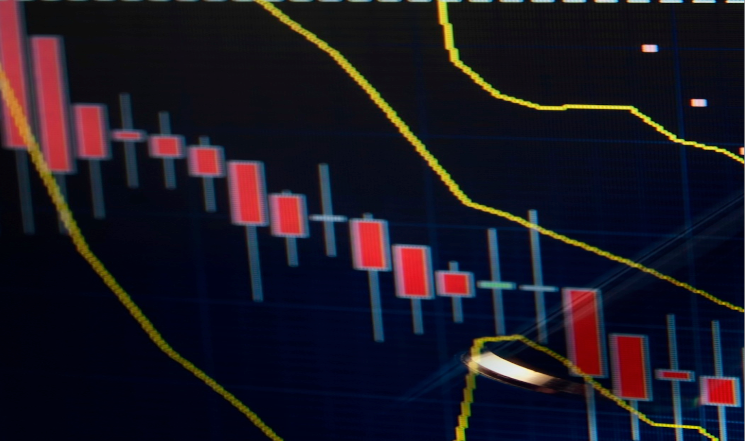The theoretical underpinnings of bifurcations and phase transitions in finance have been around for many years. In the 1970s, the mathematical framework of catastrophe theory became a popular field of research, as it provided one of the first formalizations that included notions both of equilibrium and nonlinear-state transitions. This formalism resulted in parsimonious descriptions of bull and bear markets and market crash dynamics. It employed a small number of parameters such as the relative proportion of technical traders (those who base their strategies on historical prices) and fundamentalists (those who base their strategies on the underlying business dynamics).
Since 1999, many researchers have argued that financial bubbles and crashes exhibit unique mathematical signatures known as log-periodic oscillations. This refers to a sequence of oscillations with progressively shorter cycles of a period decaying according to a geometrical series. The pattern has been documented in unrelated crashes from 1929 to 1998, on stock markets and currencies as diverse as those in the U.S., Hong Kong, and Russia, as well as for oil and even real estate. Recent refinements indicate that this approach is becoming increasingly sophisticated (Filimonov and Sornette, 2013), and with the onset of massive databases and high-performance computing, it has become possible to empirically study the more granular dynamics of the relationships between securities.
Researchers are coming to understand these processes with ever greater mathematical sophistication. As one example of several recently published, Quax and colleagues (2013) from the University of Amsterdam in the Netherlands have measured this self-organized correlation in terms of the transmission of information among units. They recently introduced the information dissipation length (IDL) as a measure of the characteristic distance of the decay of mutual information in the system. As such, it can be used to detect the onset of long-range correlations in the system that precede critical transitions.
The higher the IDL of a system, the largerthe distance over which a unit can influence other units, and the better the units are capable of a collective transition to a different state. Because of this, they can measure the IDL of systems of coupled units and detect their propensity to a catastrophic change. As a demonstration of the IDL as a leading indicator of global instability of dynamical systems, they measured the IDL of risk trading among banks by calculating the IDL of the returns of interest-rate swaps (IRS) across maturities.

